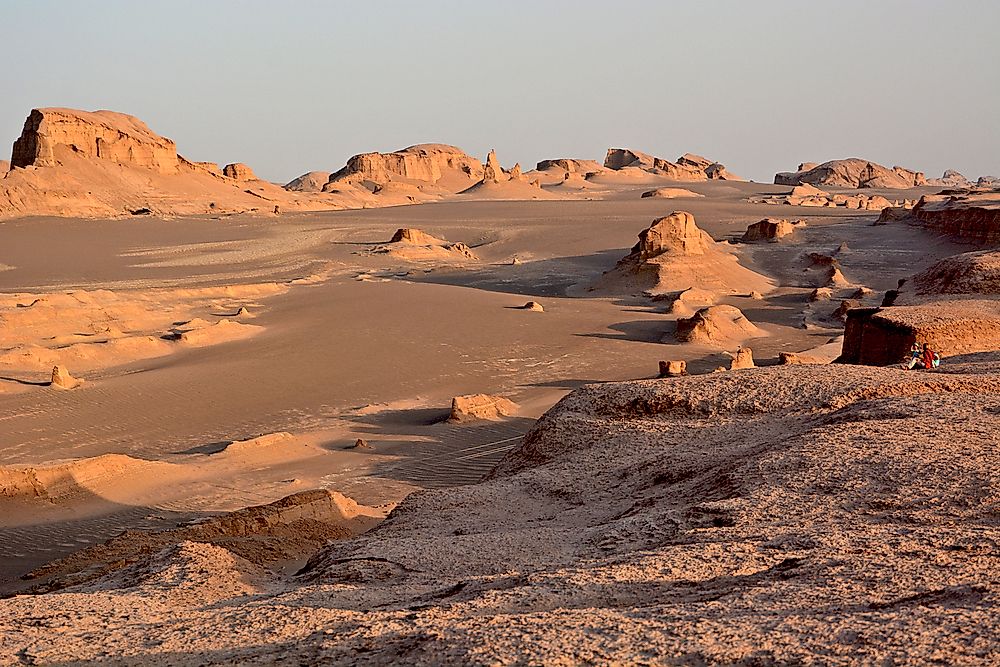

Prehistoric Settlement Trends on the West of Lut Desert, Southeastern Iran. Archived from the original on 1 December 2008. ^ a b "Images of the Day – Images – redOrbit".^ a b Williams, Matt (17 September 2015).^ a b "Satellites seek global hot spots".^ "Dasht-e Lut, the hottest desert in the world".
#Dasht e lut skin
"Satellite Finds Highest Land Skin Temperatures on Earth". United Nations Educational, Scientific and Cultural Organization. According to a local legend, the name ( Persian - "Toasted wheat") originates from an accident where a load of wheat was left in the desert which was then scorched by the heat in a few days. The hottest portion of Dasht-e Lut is Gandom Beryan, a large plateau covered in dark lava, approximately 480 square kilometres (190 sq mi) in area. However, in 1972, the land surface at Furnace Creek at Death Valley, California, United States, reached 201 ☏ (94 ☌). The precision of measurements is 0.5 K to 1 K. The Moderate-Resolution Imaging Spectroradiometer installed on NASA's Aqua satellite recorded that from 2003 to 2010 the hottest land surface on Earth is in Dasht-e Lut, with land surface temperatures reaching 70.7 ☌ (159.3 ☏), though the air temperature is cooler. Namak-Zar region of Dasht-e-Lut, from space Twenty-three of these sites are assigned to the Chalcolithic period and Bronze Age. As a result, eighty-seven ancient sites dating from the fifth millennium BC to the late Islamic era were identified. Recently, an extensive archaeological survey was conducted on the eastern flank of Kerman range and close to the western fringes of Lut Desert. The Lut area is an important region for Iranian archaeology. And on the eastern side, there was a giant ancient city of Shahr-i-Sokhta. The ancient city of Shahdad was located on the western edge of the Lut desert. Archaeology Īround 2500 BC, a flourishing civilization existed in this area. Evaporites can be observed during hot periods. Geology Īccording to one study, more than half of the desert's surface is covered by volcanic rocks. The southeast is a vast expanse of sand, like a Saharan erg, with dunes 300 metres (980 ft) high, among the tallest in the world. This area is also riddled with ravines and sinkholes.
#Dasht e lut series
In contrast, the center has been sculpted by the wind into a series of parallel ridges and furrows, extending over 150 km (93 mi) and reaching 75 metres (246 ft) in height. The eastern part of Dasht-e Lut is a low plateau covered with salt flats with lowest elevations around 110 m above sea level (30.398609 N, 58.493041 E). During the spring wet season, water briefly flows down from the Kerman mountains, but it soon dries up, leaving behind only rocks, sand, and salt.

The area of the desert is about 51,800 square kilometres (20,000 sq mi), the largest in Iran after Dasht-e Kavir. Dasht-e Lut is one of the largest of these desert basins, 480 kilometers (300 mi) long and 320 kilometers (200 mi) wide, and is considered to be one of the driest places on Earth. Iran's geography consists of a plateau surrounded by mountains and divided into drainage basins. The patchy, elongated, light-colored feature in the foreground (parallel to the mountain range) is the northernmost of the Dasht dry lakes that stretch southward 300 kilometers (190 mi). Iran is climatically part of the Afro-Asian belt of deserts, which stretches from Mauritania all the way to Mongolia. Yardangs in Lut Desert, Kerman Province, Iran


 0 kommentar(er)
0 kommentar(er)
